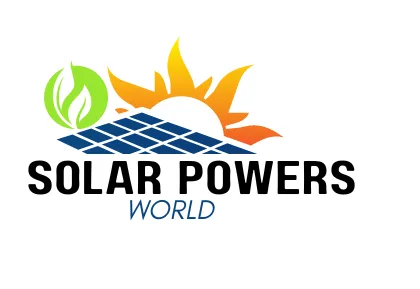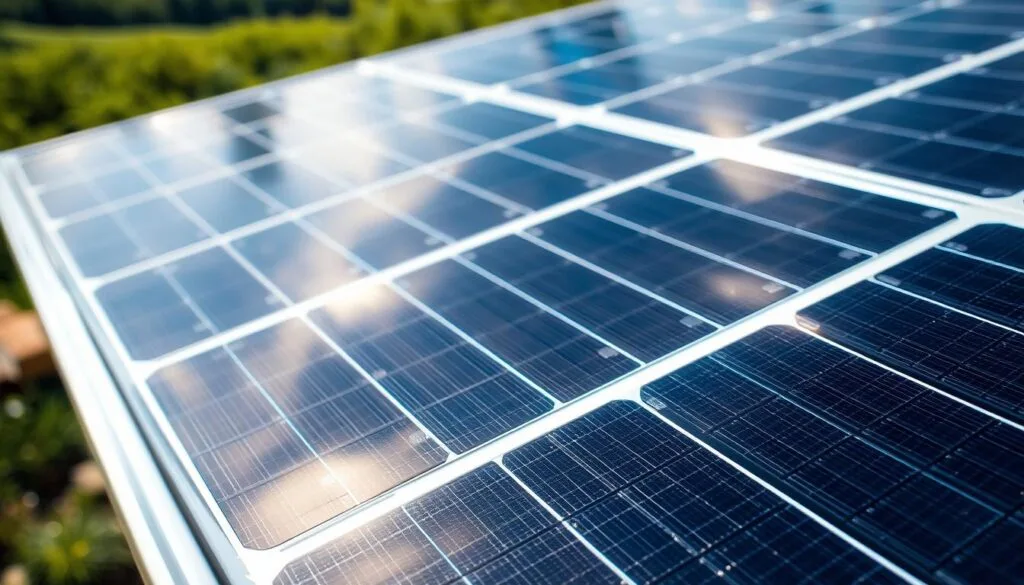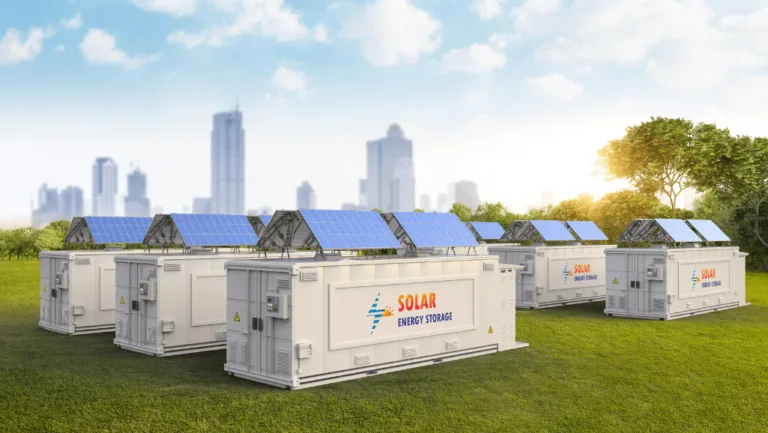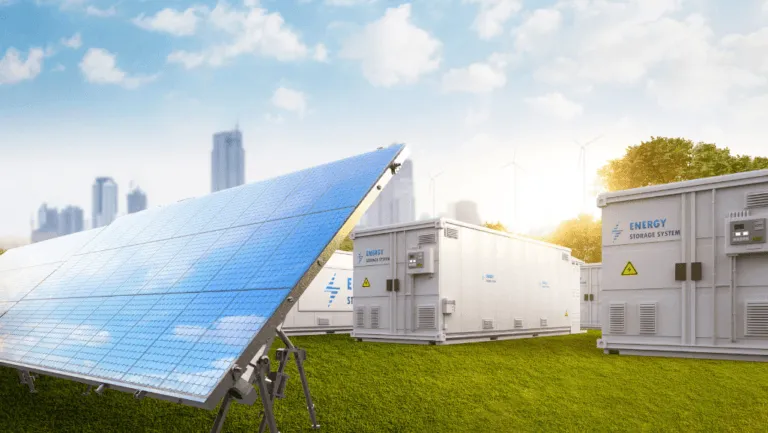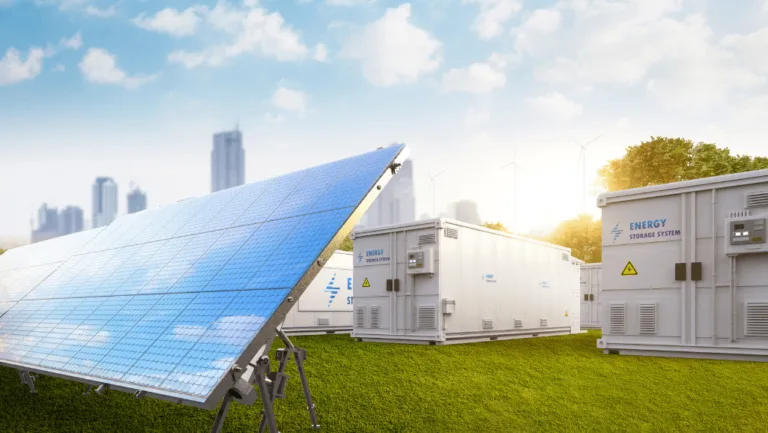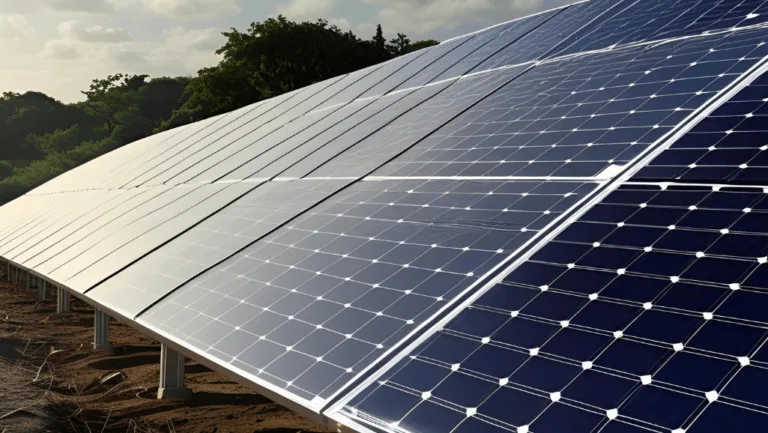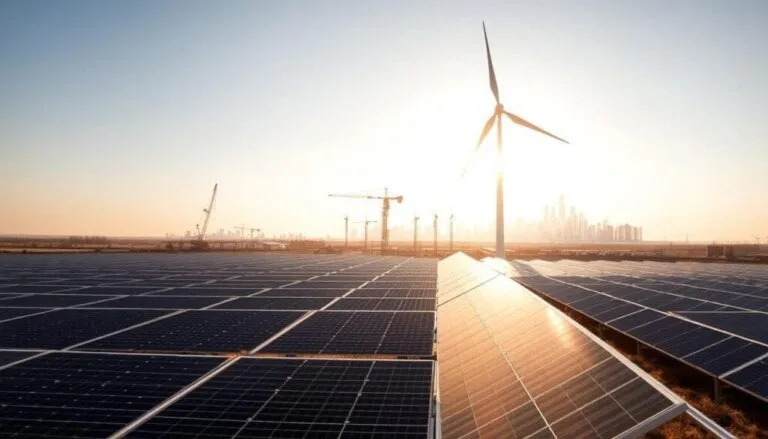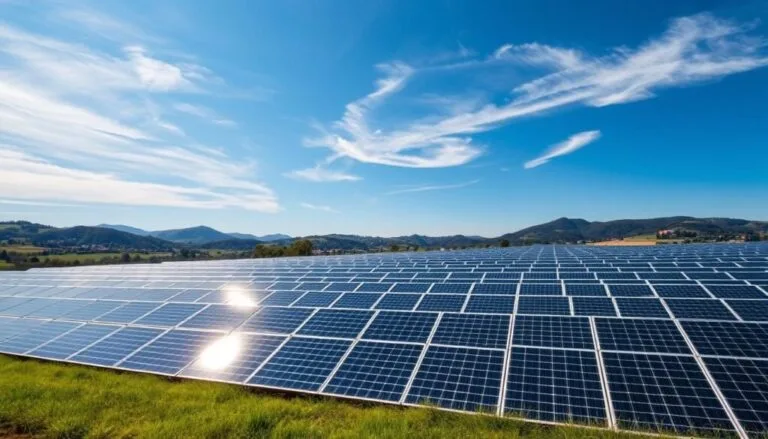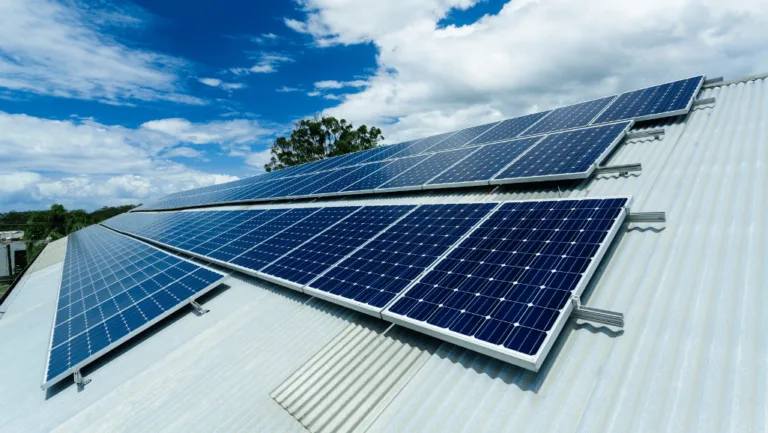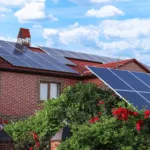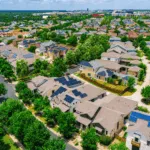Choosing the right solar setup can turn sunlight into long-term savings. EnergySage’s 2025 ranking highlights leaders such as Maxeon, VSUN, REC, Qcells, and Canadian Solar for U.S. homes. These models score high on efficiency, warranty length, and durability testing.
Maxeon 6, for example, reaches 22.8% efficiency and offers a 40-year product and performance warranty. REC Alpha Pure shows low heat losses, while VSUN and Canadian Solar deliver high wattage and strong temperature coefficients.
Don’t let small rating gaps delay your project. Capturing the 30% federal tax credit and hiring a vetted installer often matters more than chasing tiny spec wins. Focus on system design, inverter pairing, and workmanship to secure steady electricity output and long-term savings.
Key Takeaways
- best photovoltaic panels.
- Top brands—Maxeon, VSUN, REC, Qcells, and Canadian Solar—lead on efficiency and warranty.
- Long warranties and low temperature coefficients protect real-world performance.
- Installer quality and timing for incentives can outweigh small spec differences.
- Higher W/sq ft helps small roofs reach production goals with fewer modules.
- Compare cost per watt, durability ratings, and warranty terms to find value.
Why now is the moment to invest in high‑performance solar
Supply delays and an expiring 30% federal tax credit make timing critical. EnergySage warns that the credit is slated to end at year’s end and premium modules are already constrained. Choosing an in‑stock option can deliver better financial results than waiting for a slightly higher-rated model that is backordered.
Average numbers help frame the choice: an 11 kW system runs about $20,552 after the credit, and most homeowners save roughly $50,000 over 25 years when systems start producing energy now.
- Move with purpose: lock the 30% credit before the end of the year to speed payback more than chasing tiny gains in solar panel efficiency.
- Avoid delays: supply constraints mean in‑stock panels often get installed on time to qualify for incentives.
- Balance cost and readiness: a reliable, available panel can beat a perfect spec sheet that misses the incentive window.
- Think long term: each year your system produces energy reduces utility exposure and compounds savings over decades.
Editor’s top picks: today’s best photovoltaic panels for U.S. homes
These top-rated options balance output per square foot, long-term warranties, and real-world reliability. Pick a model that matches your roof size, climate, and budget to turn sunlight into steady savings.
Maxeon 6 — highest efficiency, longest 40‑year warranty
Efficiency: 22.8% with 440 W and ~21.16 W/sq ft.
Warranty: rare 40‑year product and performance coverage (88.3% at year 40; 92% at year 25). Price roughly $2.84/W.
VSUN 490 N — massive power per module
Efficiency: 22.65% and 490 W for big roofs that need fewer modules.
Thermals: -0.30%/°C and ~21 W/sq ft; performance warranty runs 25–30 years (about 87.4% at year 30). Cost near $2.43/W.
REC Alpha Pure — top choice for hot climates
Efficiency: 22.2% at 410 W and ~20.59 W/sq ft.
Temperature coefficient: -0.26%/°C keeps output higher in heat. Typical price about $2.53/W; note supply can be tight.
Qcells Q.TRON BLK — balanced value with U.S. manufacturing
22.5% efficiency, 440 W, ~20.93 W/sq ft and standard 25‑year product terms. Expect about 90.6% output at year 25 and price near $2.48/W.
Canadian Solar TOPHiKu6 — strong output and long terms
450 W at 22% efficiency, ~20.48 W/sq ft, and performance into year 30 (89.4% at year 25; ~87.4% at year 30). Price range $2.56–$2.73/W.
Honorable mention: Jinko Tiger Neo
440 W, ~22.02% efficiency and ~20.46 W/sq ft. Similar thermal specs (-0.29%/°C) and performance terms around year 25–30. Priced mid‑premium and noted for solid field reliability.
- Quick guidance: choose high‑watt modules to cut panel count; pick low temperature coefficients for hot regions.
- Compare W/sq ft and cost per watt to find the best system payback for your roof.
- Work with a vetted installer familiar with these models to secure correct design and inverter pairing for peak performance.
Understanding solar panel efficiency and why it drives savings
Efficiency shapes how much solar electricity your roof can deliver over decades. Higher efficiency and greater W/sq ft mean you fit more output into limited space. EnergySage uses output per square foot to compare modules; top picks cluster near 20.5–21.16 W/sq ft.
Efficiency vs. watts per square foot: the real space-saver
Choose the denser module when two units share similar wattage but differ in size. A higher density cuts panel count and simplifies layout.
Temperature coefficient and heat performance
Heat is the quiet efficiency killer. A lower temperature coefficient (for example, -0.26%/°C) preserves output above 25°C and helps during peak cooling loads.
Degradation over time and long-term electricity yield
Expect warranties that show ~89–92% at year 25 and ~87% at year 30; Maxeon extends to 88.3% at year 40. Plan with those curves in mind to forecast lifetime performance and savings.
“Small gains in efficiency and thermal resistance compound into meaningful lifetime energy.”
- Use W/sq ft as a tie‑breaker for tight roofs.
- Prioritize low temperature coefficients in hot climates.
- Factor warranties and degradation when estimating decades of electricity.
Power, output, and capacity: matching panels to your energy goals
Start by translating your annual electricity use into a target array capacity, then pick modules that fit that goal and your roof area.
High‑watt modules vs. limited roof space
Large-format modules such as the VSUN 490N deliver 490 W at roughly 21 W/sq ft. That cuts module count and simplifies wiring, racking, and balance‑of‑system labor on expansive roofs.
Output per square foot to maximize a small roof
High density matters on segmented or small roofs. Maxeon 6 reaches about 21.16 W/sq ft while REC Alpha Pure gives ~20.59 W/sq ft at 410 W. Those extra watts per square foot help fit more capacity into tight areas.
- Start with capacity: match array power to annual kWh, then select module wattage and size.
- Big roofs: favor high‑watt formats to reduce panel count and simplify BOS.
- Compact roofs: choose higher output per square foot to maximize usable area.
- System design: align inverter string lengths and microinverter ratings with module power for peak performance.
Warranty and durability that protect your investment
A long, clear warranty can turn a one-time purchase into decades of predictable savings. Look beyond specs and weigh how manufacturers back their work. That choice affects service, returns, and peace of mind.
Product vs. performance coverage
Product warranties cover defects and workmanship. Performance warranties guarantee minimum output over time.
Maxeon offers 40 years with ~88.3% at year 40 (92% at year 25). REC, Qcells, Canadian Solar, and Jinko post varying long-term numbers that affect real yield.
Durability signals that matter
Check wind and snow load ratings and PVEL Top Performer results. Higher ratings mean better resistance to severe weather and mechanical stress.
What 88–92% at year 25+ means
Retaining 90%+ output by year 25 can add thousands of kWh over a system life. That extra energy improves lifetime savings and lowers payback time.
- Read the fine print: labor, shipping, and transfer terms can change costs.
- Match durability to climate: coastal or snowy roofs need stronger frames and glass.
- Use authorized installers to preserve warranty claims and streamline service.
- Document everything: keep invoices, serial numbers, and commissioning data.
“A long warranty backed by strong durability testing is the most practical hedge against future uncertainty.”
Price, cost per watt, and value: getting more power per dollar
Price per watt tells part of the story—but output per square foot reveals how much real energy a roof can deliver. Use both numbers together to judge value, not one or the other.
Comparing $/W to W/sq ft for true value
EnergySage lists common market prices: Maxeon ~$2.84/W, VSUN ~$2.43/W, REC ~$2.53/W, Qcells ~$2.48/W, Canadian Solar ~$2.56–$2.73/W, Jinko ~$2.67–$2.82/W.
Divide W/sq ft by $/W to form a simple score. Higher values mean more productive area for each dollar spent. That score helps compare panels with different sizes and ratings.
When a slightly lower‑ranked panel wins on total payback
Availability, installer markups, and timing for the 30% ITC can flip the math. A mid‑priced panel in stock often yields faster payback than a backordered premium model.
- Look past sticker price: combine $/W with output density to gauge real value.
- Factor BOS: high‑watt modules can cut racking and labor costs.
- Get multiple quotes: local pricing and installer skill shift total cost and payoff.
“A ready, well‑priced option that fits your roof often beats marginally higher efficiency that arrives late.”
best photovoltaic panels
What defines a winning solar option is steady rooftop yield, clear warranty terms, and practical availability. Define “best” by outcome: high efficiency, trustworthy warranties, strong durability, and sensible pricing in the panels market.
Industry leaders for U.S. homes include Maxeon, REC, Qcells, VSUN, and Canadian Solar. EnergySage also notes cutting-edge entries: SunPower Maxeon 7 (24.1%) and LONGi Hi‑MO X10 Scientist (24.8%) for larger formats.
Balance innovation with availability. Prioritize models with U.S. distributor support and installer familiarity to avoid delays and preserve warranty service.
- Define outcomes: target rooftop yield and long-term output, not just peak efficiency.
- Compare models: validate datasheets against site quotes to confirm real rooftop yield.
- Choose manufacturers with strong service networks to simplify long-term support.
“Validate specs with local quotes to ensure rated efficiency becomes real rooftop energy.”
Fit matters: choose panels for your roof, climate, and usage
Match module choices to your roof, climate, and daily load to unlock steady rooftop output. Start by measuring usable roof area, noting obstructions, and estimating annual kWh. That ground work shapes the right panel and layout for your place.
Small or shaded roofs: prioritize efficiency and output density
On tight or segmented roofs, favor modules with higher W/sq ft so you need fewer panels to hit your target.
Light shading can cut output by 50% or more; consider module‑level power electronics to limit loss.
Hot regions: focus on low temperature coefficients
Heat reduces output. Choose a panel with a low temperature coefficient—REC Alpha Pure at -0.26%/°C is a strong example—to sustain performance on hot days.
Snow, wind, and weather: select for higher load ratings
Cold or storm‑prone places need modules and frames rated for higher wind and snow loads. Prioritize mechanical resistance to protect long‑term performance.
How many panels you really need for residential solar
Estimate panel count from annual kWh and available roof area. EnergySage suggests most U.S. homes land between 17 and 30 panels, depending on usage and local insolation.
“Design for your roof first, then match module size and output to reach your energy goals.”
- Start roof‑first: measure usable area and obstructions before picking a panel size.
- High density: use higher W/sq ft on small roofs to reduce panel count and simplify layout.
- Local installers: consult regional pros to refine the decision with climate insights.
Panel technologies in the market: mono, poly, PERC, and thin‑film
Different cell technologies shape cost, appearance, and long‑term yield for homeowners weighing solar options. Pick a technology that matches your roof size, budget, and performance goals.
Monocrystalline: premium efficiency and performance
Monocrystalline cells typically reach ~20–23%+ efficiency. They cost more but offer stronger durability and sleeker looks. For many U.S. homes, this technology gives higher energy per square foot and longer service life.
Polycrystalline: budget‑friendly trade‑offs
Polycrystalline modules usually deliver ~15–17% efficiency at a lower price. They cut upfront cost but require more roof area for the same output and may show faster degradation over decades.
PERC: incremental gains in real‑world conditions
PERC adds a rear passivation layer to standard cells. That boost helps low‑light and warm‑day output without changing roof footprint. It’s a practical way to lift panel efficiency and real energy yield for modest extra cost.
Thin‑film: flexible use cases, lower efficiency
Thin‑film runs ~7–18% efficiency depending on materials. It is light and flexible, ideal for curved roofs, RVs, or weight‑sensitive installs. Warranties and durability tend to be shorter, so most homes favor crystalline models for higher long‑term energy.
- Match technology to goals: density, cost, and warranty matter more than raw efficiency numbers.
- Compare efficiency ratings and degradation across manufacturers before you buy.
- Watch emerging models: tandem and perovskite advances may reshape choices, but pick widely available, warrantied models now.
“Choose the cell type that best fits your roof constraints and long‑term energy plan.”
U.S. incentives and timing: maximize savings in the present
Locking in federal and local incentives now can reshape your rooftop ROI in months, not years. EnergySage notes the 30% residential tax credit is slated to end this year, and equipment shortages are tightening the market. An 11 kW system typically costs about $20,552 after the credit and most homeowners save roughly $50,000 over 25 years.
Leverage the 30% federal tax credit and local rebates
Capture the ITC early to accelerate payback. Layer local rebates and utility programs where available to boost savings and lower upfront price.
Why availability and avoiding delays can beat chasing specs
Favor equipment and installers with realistic schedules. A timely install that qualifies for credits often produces more lifetime energy and faster electricity bill relief than waiting for a marginally higher‑rated panel that arrives late.
- Coordinate financing and installation milestones to ensure eligibility.
- Verify documentation early to streamline claims for credits and rebates.
- Account for interconnection and utility approval lead times so projects don’t stall.
“Every month earlier your system runs adds meaningful electricity savings over the years.”
Manufacturer insights and models shaping the panels market
Brand-level differences—warranty length, thermal behavior, and availability—drive real-world output and long-term value. Choose a company that matches your goals: high yield, long support, or rapid delivery.
Top brands by efficiency, output, and warranty strength
Look at where each manufacturer excels to pick the right model for your roof and climate.
- Maxeon leads on efficiency (Maxeon 6 at 22.8%) and offers a rare 40‑year warranty, appealing to owners who value long-term performance.
- REC balances cost and specs with a low temperature coefficient and strong year‑25 guarantees, a smart pick for hot places.
- Qcells combines 22.5% efficiency with U.S. manufacturing and reliable 25‑year coverage, helping installers and homeowners in the states.
- VSUN focuses on large‑format, high‑watt models that reduce module count on big roofs, while Canadian Solar blends solid output and durable warranties.
Global efficiency leaders such as LONGi, Jinko, and SunPower also push the industry forward with models topping 24% in lab ratings.
“Track rating updates and installer feedback to confirm which model performs best on your roof.”
How to decide: a simple framework to compare panels and installers
Begin your selection by vetting installers who have verifiable track records in your neighborhood. Installer quality, not tiny spec gaps, often shapes real results. EnergySage data shows experience and accurate system sizing make bigger differences than marginal efficiency wins.
Prioritize installer quality, then fine‑tune panel selection
Start with workmanship: request local references, job photos, and proof of licenses. A skilled crew reduces rework and preserves warranties.
Balance efficiency, warranty, and total system price
Compare side by side: line up efficiency numbers, temperature coefficients, and warranty terms. Let modeled production and total cost guide your choice.
Create a shortlist and validate with local quotes
Pick 2–3 models that meet your efficiency and warranty targets. Standardize quotes—same inverter, monitoring, and racking—to isolate differences in price and production.
- Insist on roof‑specific layouts and shade analyses for each quote.
- Weigh manufacturer warranty and installer labor guarantees together.
- Ask for local case studies to confirm long‑term quality and performance.
“The right installer turns rated output into real rooftop energy.”
Conclusion
You’re ready to act: choose a module that fits your roof and capacity target, and a trusted installer will convert specs into real electricity and long-term savings.
Top U.S. options now blend ~22%+ efficiency, 25–40 year warranty terms, reliable temperature coefficients (~‑0.26 to ‑0.30%/°C), and strong W/sq ft (~20.5–21.16). That mix protects output and durability for decades.
Favor timely installation and incentives over chasing tiny rating gains that risk delays and higher cost. A well‑sized system installed now can deliver about $50,000 in savings over 25 years when designed and commissioned correctly.
Next steps: gather local quotes, validate designs, and pick a manufacturer and installer you trust. For background on current model efficiency and market context, see this guide to the most efficient solar panels.

